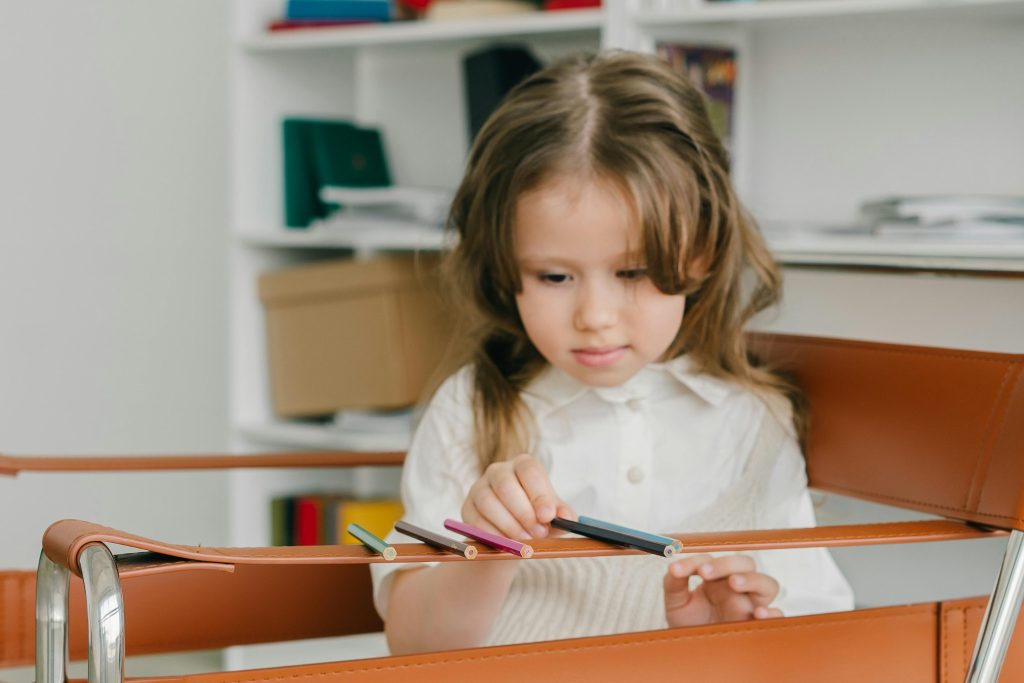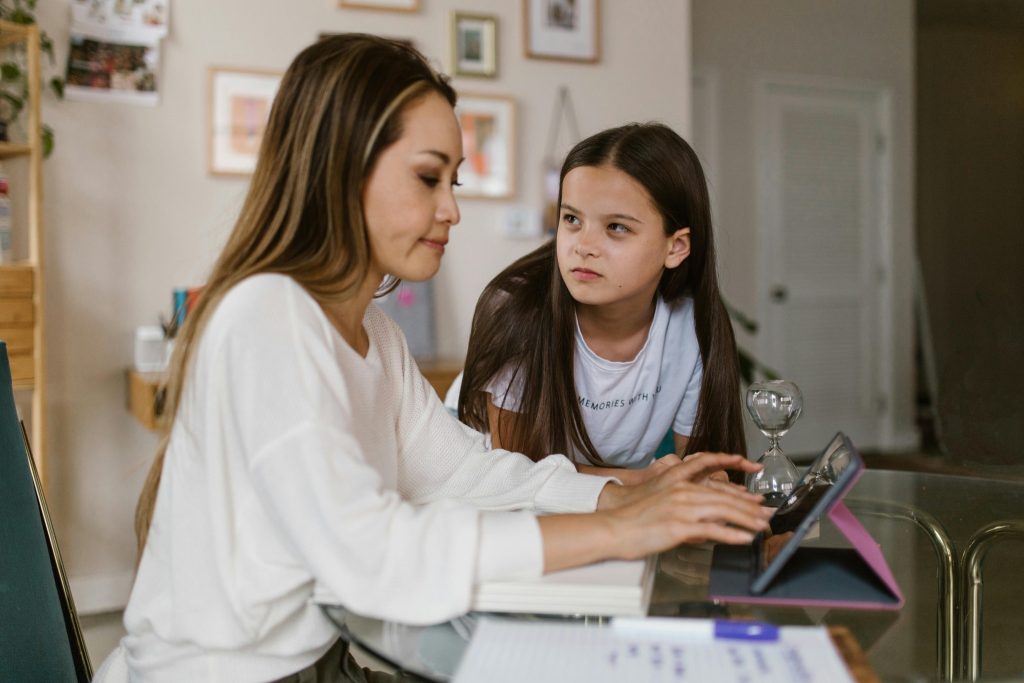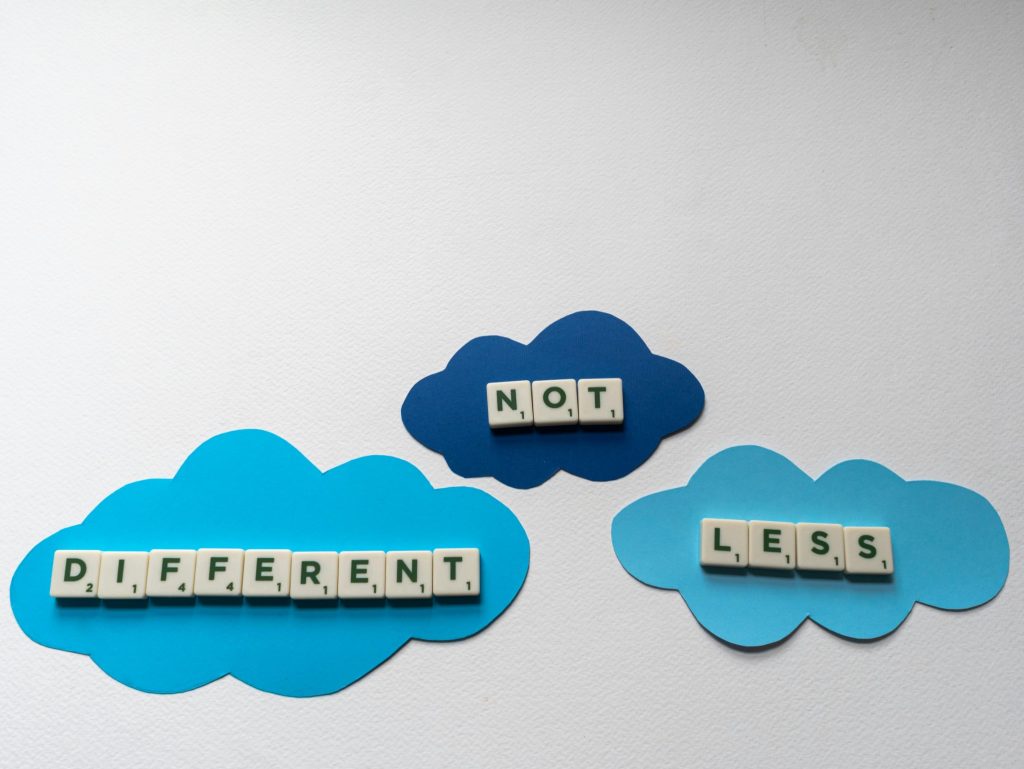Starting a new school year or switching environments can be exciting – but children with autism handle school transitions differently, and these changes can often feel overwhelming. From new teachers and peers to unfamiliar routines and sensory input, change can disrupt a child’s sense of safety and predictability.
With the right autism strategies, structure, and preparation, families can ease this transition and set their children up for success. Whether it’s the first day of preschool or a shift into a specialized setting, consistency and planning are key.

Why School Transitions Are Difficult for Children With Autism
Children on the spectrum often rely on familiar environments, routines, and expectations to feel secure. A sudden change – like a new classroom or a schedule can trigger anxiety, resistance, or emotional dysregulation.
Understanding this, parents and educators can proactively prepare using ABA tools, visual aids, and personalized routines to reduce uncertainty. These supports are especially important when transitioning into autism schools, inclusive classrooms, or even considering options like autism boarding schools or the best online school for autism. With the right preparation, children with autism handle school transitions more smoothly and with greater confidence.
How Children With Autism Manage School Changes
Practical ABA strategies at home can help prepare children for new environments:
- Social Stories: Explain what the school day looks like, who the teachers are, and what to expect
- Visual Schedules: Use pictures or icons to outline daily routines
- Preview Visits: Tour the school and meet staff ahead of time
- Countdown Calendars: Help children anticipate change with visual reminders
- Reinforcement Systems: Reward flexibility and bravery during the process
These tools provide predictability, giving children more control and emotional readiness
Supporting Children With Autism Through School Adjustments
Big changes can create big feelings. That’s why emotional preparation is just as important as academic readiness.
Useful autism emotional regulation tools include:
- Calming routines before and after school
- A comfort object or fidget in their backpack
- Practice runs of morning and evening transitions
- Breathing exercises or visual cue cards
These strategies give children reassurance and stability when routines shift.

Choosing the Right Educational Setting
Each child’s needs are different. Some may thrive in inclusive classrooms with the right supports, while others benefit from autism schools that offer smaller class sizes and specialized staff.
In some cases, families explore structured environments like autism boarding schools or digital alternatives such as the best online school for autism – particularly for learners who benefit from low-stimulation environments or flexible pacing.
Whatever the choice, it’s important to assess how well the school aligns with your child’s learning style, sensory profile, and communication needs.
Involving Therapy Team
School transitions are smoother with collaboration. Involving ABA providers, speech therapists, or occupational therapists can make a big difference. They can:
- Recommend personalized strategies for transitions
- Create social skills goals for autism tailored to school settings
- Help teachers understand what works best
- Develop a classroom behavior support plan
Strong communication between home, school, and therapy ensures continuity and reduces confusion for your child.

Conclusion
School transitions may never be completely stress-free – but they can be structured, supported, and empowering. With clear communication, consistent routines, and the right tools, families can guide your child through change with confidence.
Whether entering a new classroom or considering autism boarding schools, remember: preparation is powerful. With compassion and planning, children with autism can move forward and thrive.
FAQ: School Transitions and Autism
1. Why are school transitions hard for children with autism?
Changes disrupt routines and predictability, which can cause anxiety or emotional dysregulation.
2. How can ABA help with school transitions?
ABA breaks transitions into small, teachable steps using reinforcement, social stories, and structured supports.
3. What tools make transitions easier?
Visual schedules, social stories, countdown calendars, and reinforcement systems reduce stress.
4. Are autism schools or boarding schools helpful?
They can provide smaller, structured environments tailored to a child’s learning needs.
5. Should therapy providers be involved in transitions?
Yes. ABA therapists and other providers can help create individualized strategies and support teachers.

Pingback: Why Autism & Routine Changes Are So Challenging - How to Help